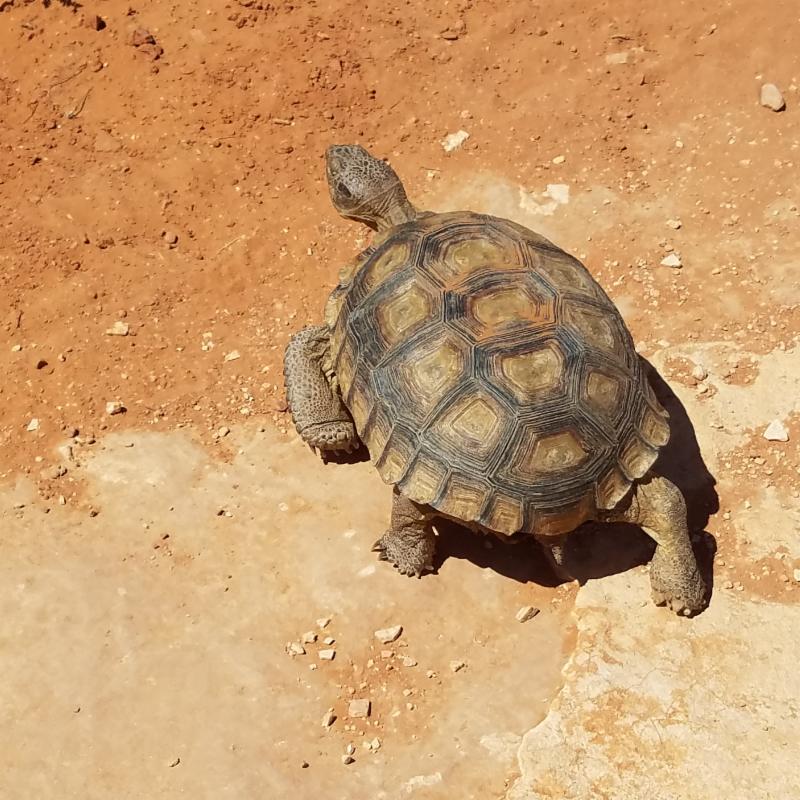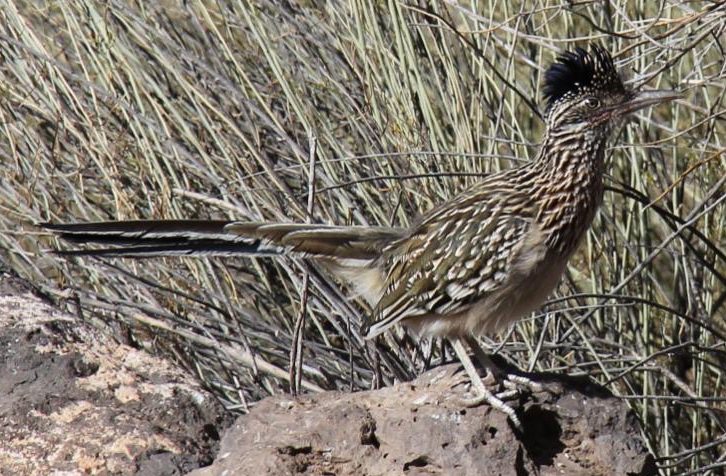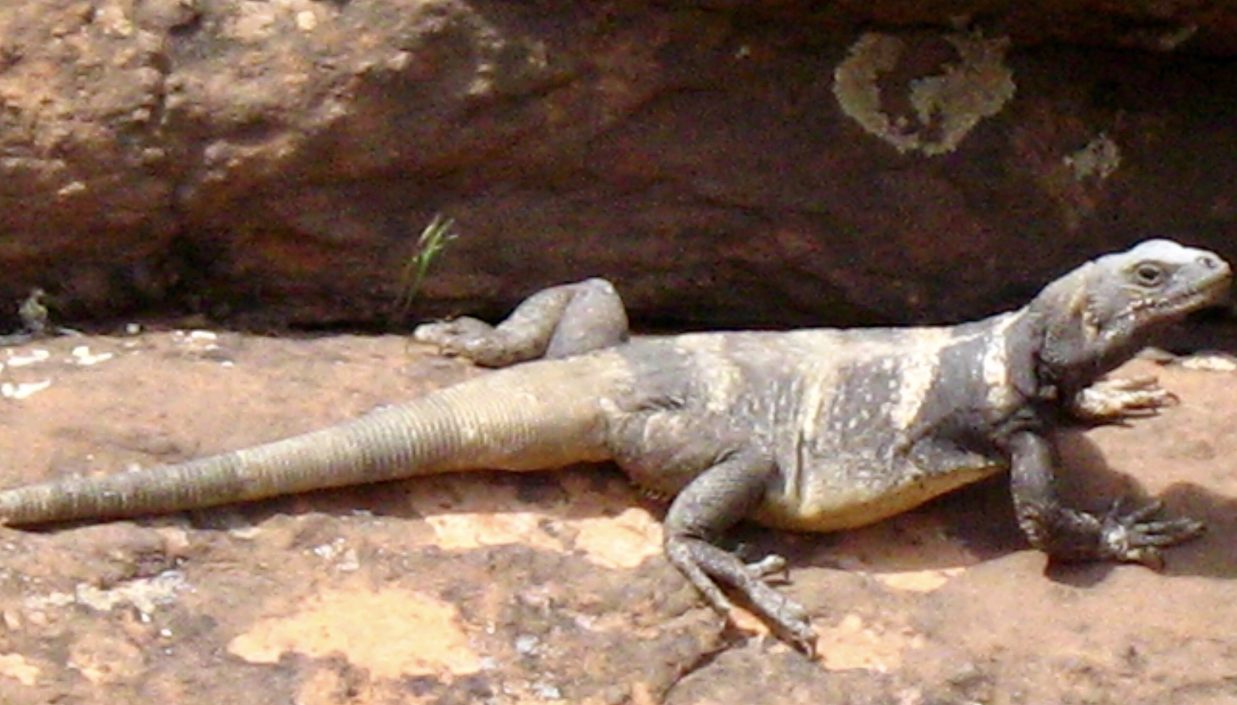Welcome to our Critter page. Snow Canyon State Park is home to a diverse number of Critters. Some are very elusive, others are quite visible. What a wonderful experience it is to have a sighting while out on a hike or bike ride. The photos below have been provided by Friends of Snow Canyon members and other visitors to the park. The photos are presented in random order as sightings of our Critters come when you may least expect them. Look carefully at all the desert has to offer. Should you have a wonderful photo, please share with us by submitting to friendsofsnowcanyon@gmail.com with the word Critters in the subject line. Please submit photos in .jpg format. We plan to continually update our page to add new photos and details about Critters.
Bewick’s Wren
Thryomanes bewickii
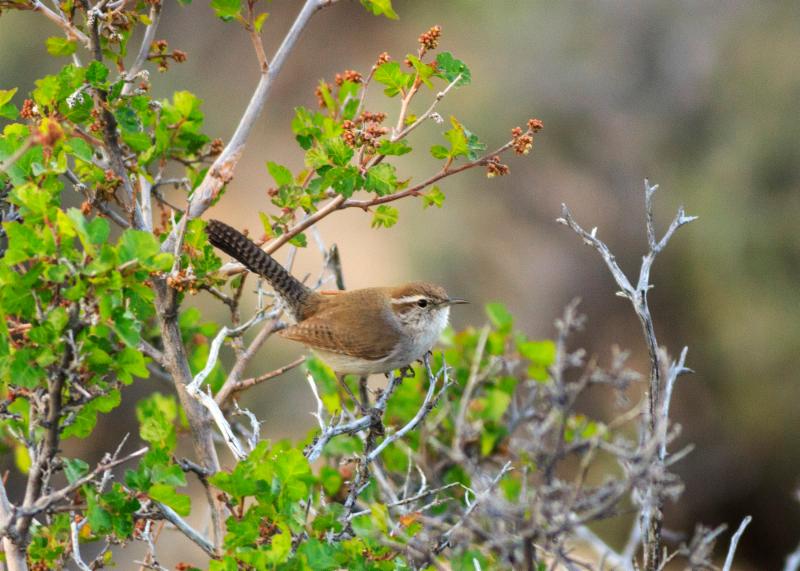
Antelope Squirrel in Yucca
Ammospermophilus

Honey Bees
Apis

Gila Lizard
Heloderma suspectum
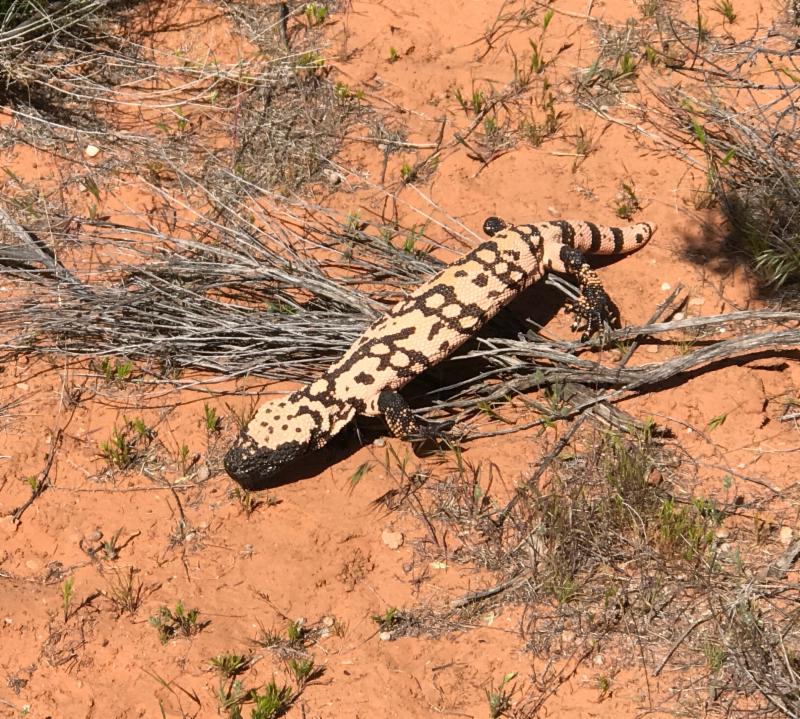
Gambel’s Quail
Callipepla gambelii

Cooper’s Hawk
Accipiter cooperii
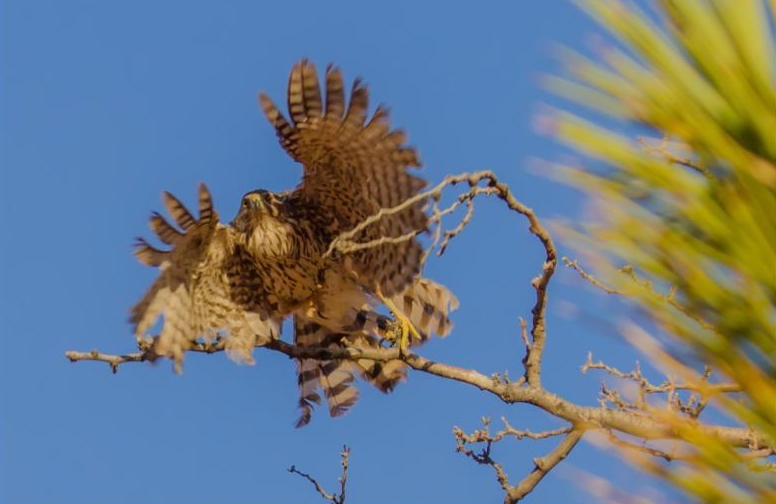
Desert Spiny Lizard
Sceloporus magister
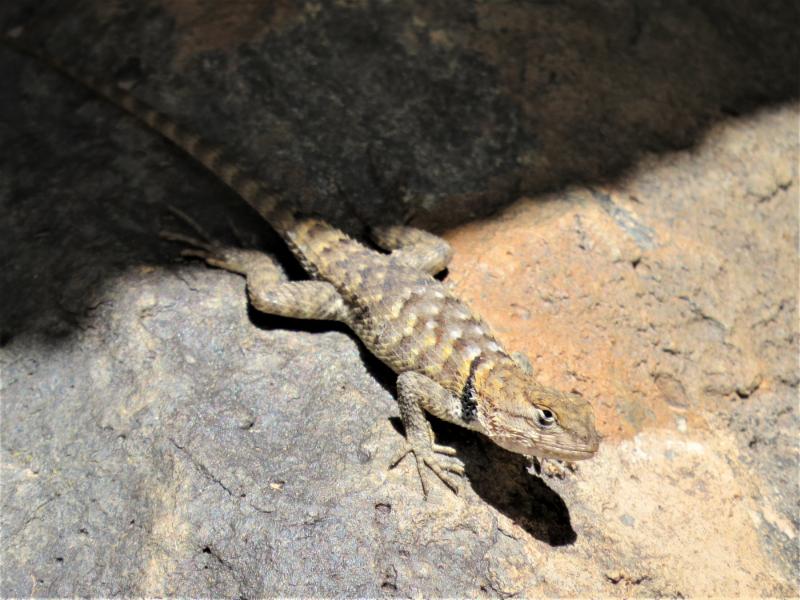
Desert Tortoise
Gopherus agassizii
Gopher Snake
Pituophis catenifer
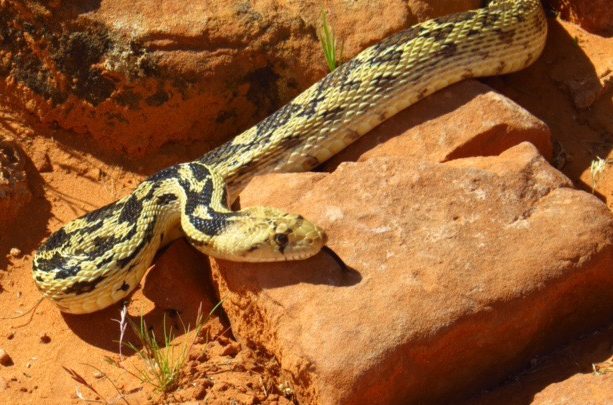
Red Tailed Hawk
Buteo jamaicensis
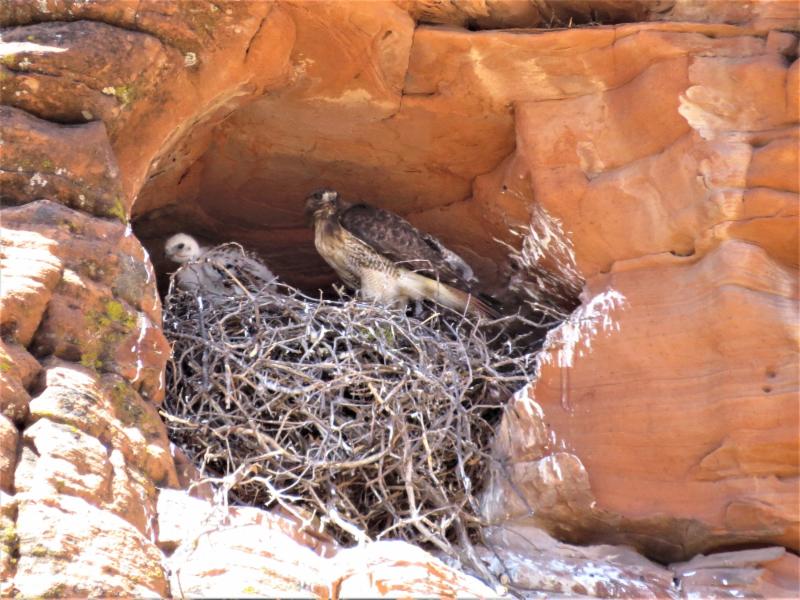
Sharp-shinned Hawk
Accipiter striatus
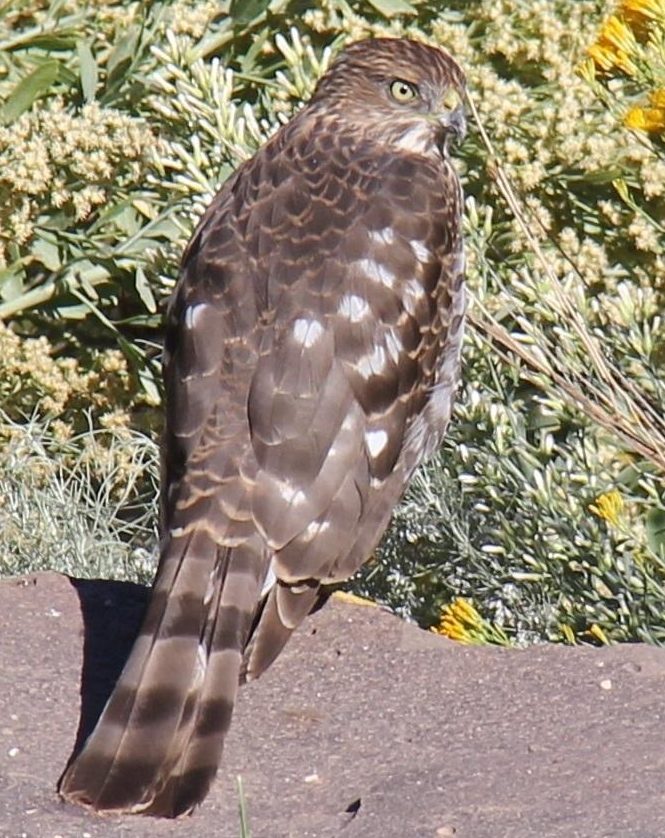
Rock Wren
Salpinctes obsoletus
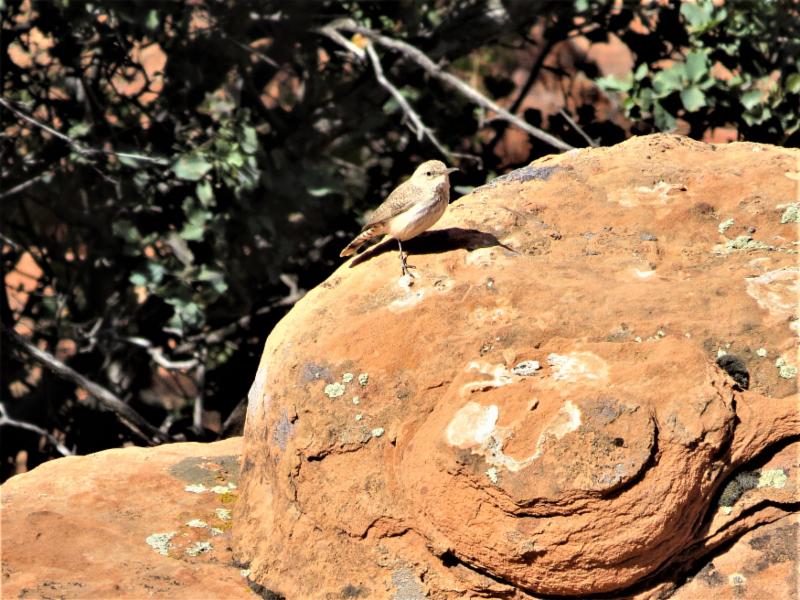
House Finch
Haemorhous mexicanus
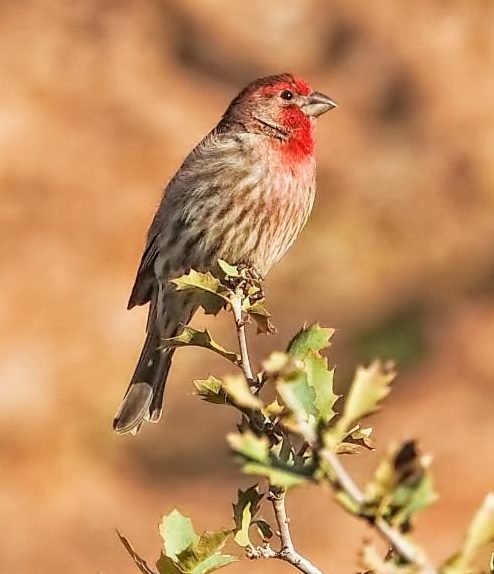
Rock Squirrel
Spermophilius variegatus

Side Blotched Lizard
Uta stansburiana
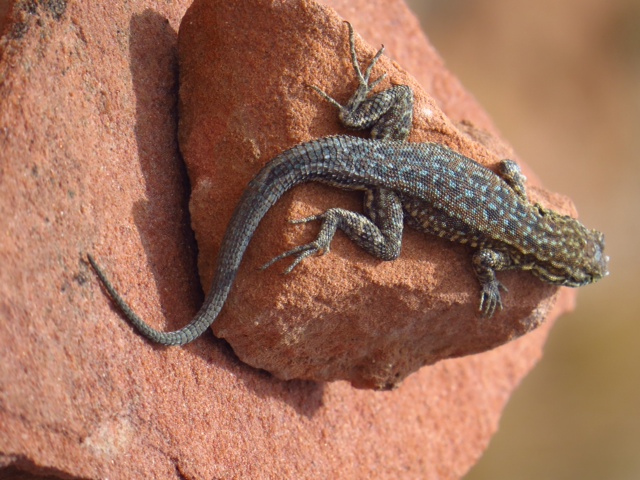
Roadrunner
Geococcyx
Blue Gray Gnatcatcher
Polioptila caerulea
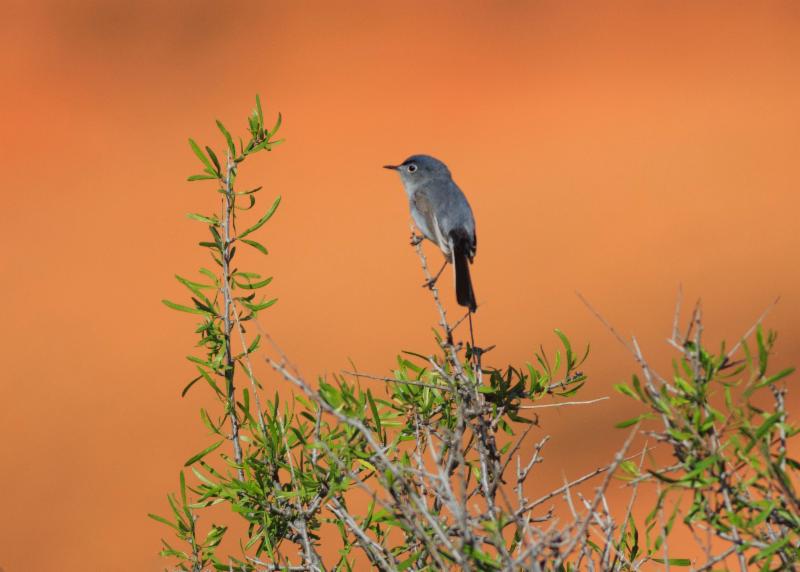
Cactus Wren
Campylorhynchus brunneicapillus
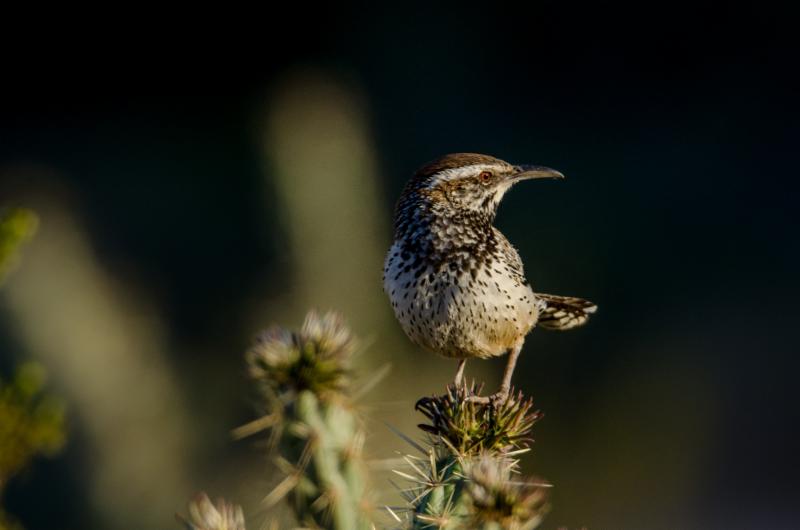
Great Basin Rattlesnake
Crotalus lutosus
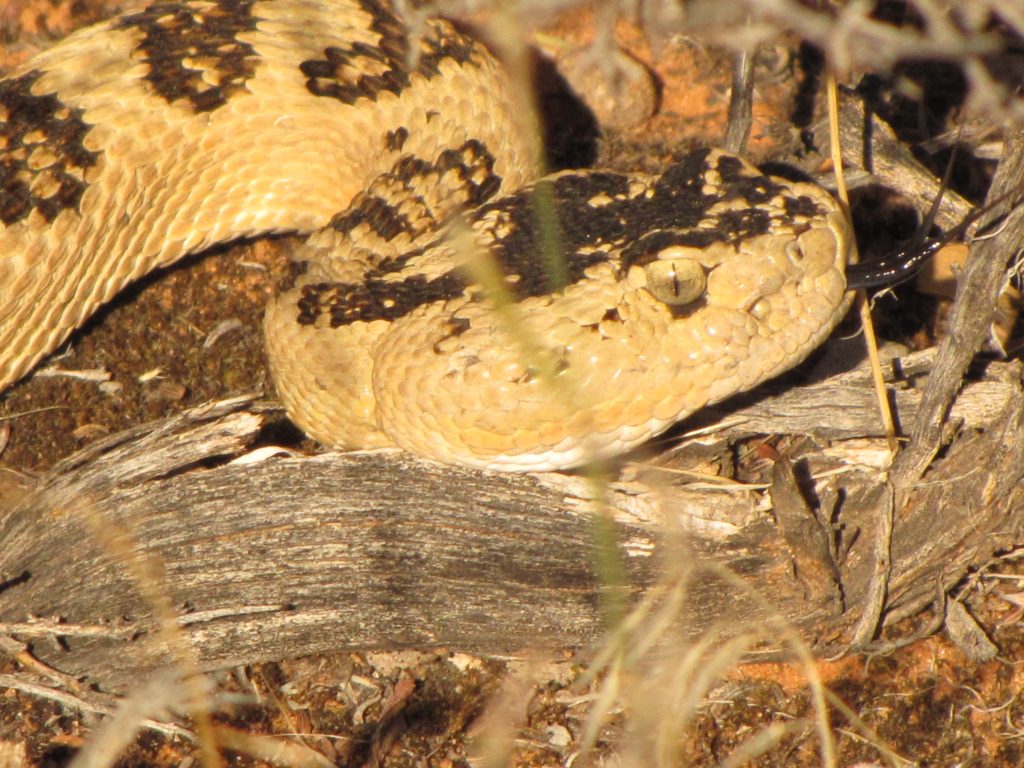
Mylitta Crescent
Phyciodes mylitta
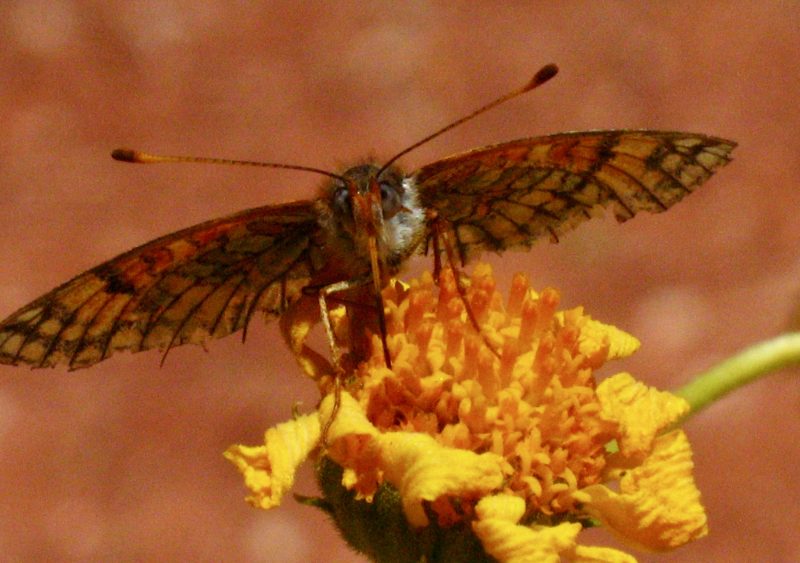
Monarch butterfly

Black-tailed Jackrabbit
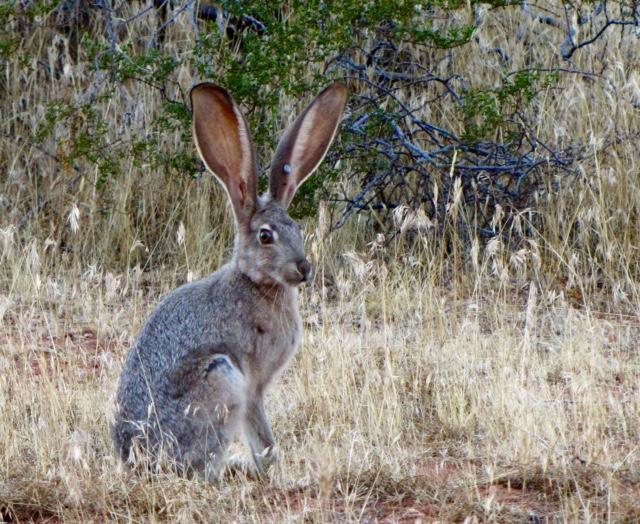
Woodhouse Toad
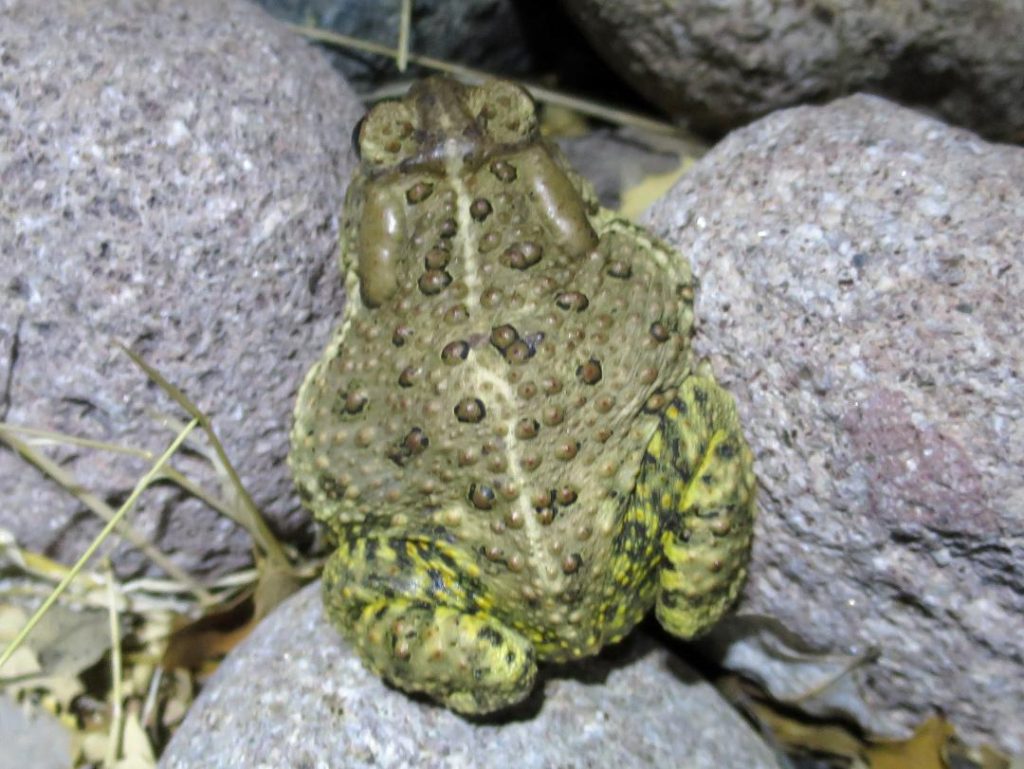
Desert Tarantula

Lady Beetle
Coccinella magnifica
Chuckwalla
Sauromalus

